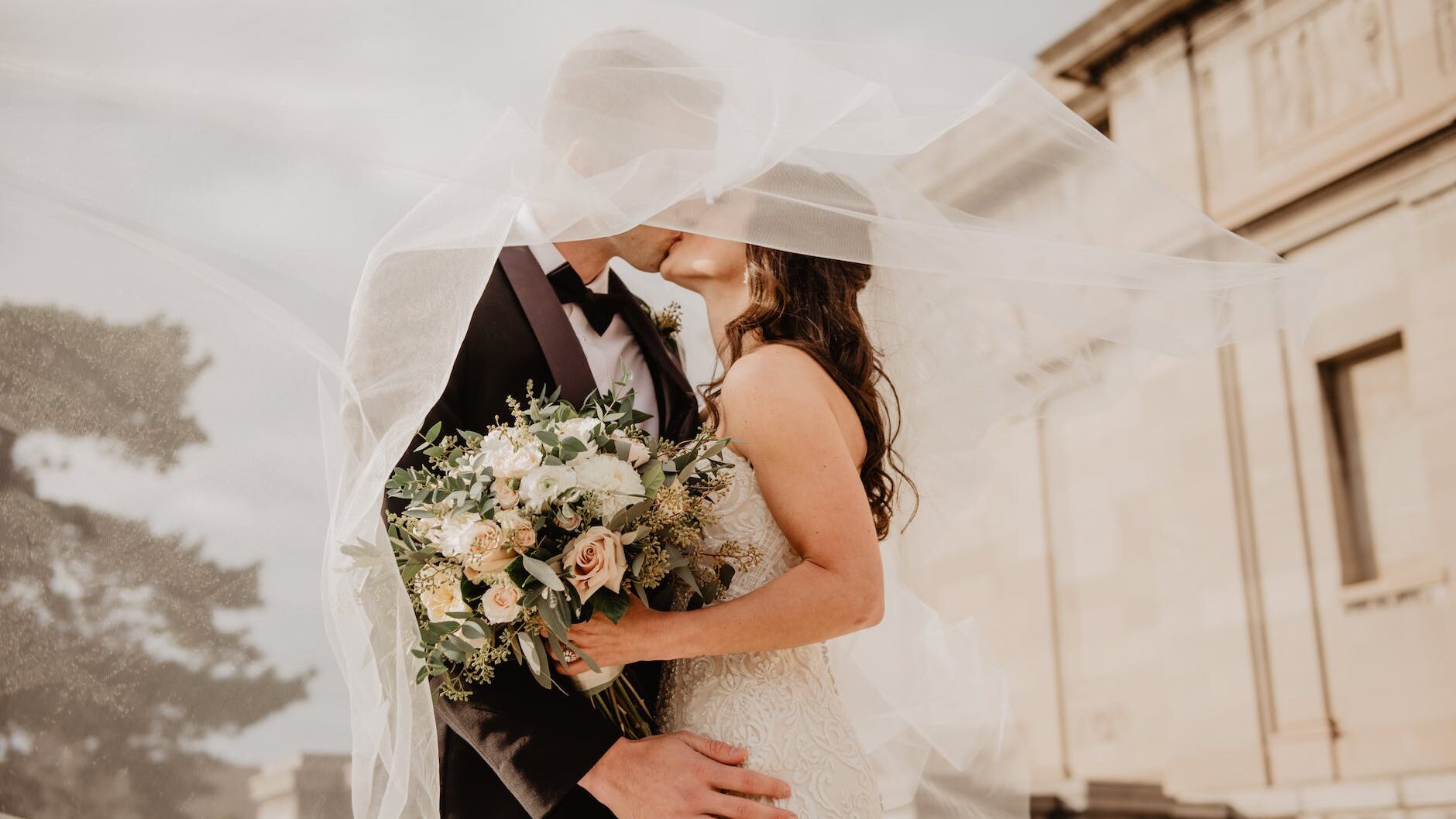The days of marriage being an all-encompassing life-long commitment are long gone with less and less men and women tying the knot than ever before in history. In 2017 the percentage of Americans age 18 and above who were married was just 48%. That’s compared to the peak (which was over 70%) in the 1950s and 1960s. So why is this trend happening, and why are less and less men and women getting married than ever before in history?

One of the primary factors for the changing trend of marriage is the socio-economic changes that have occurred in the past several decades. The fact that more women are in the workforce, and as a result are secur ing much more financial independence, has enabled them to delay or reject marriage. Further complicating the economic element is the fact that the costs associated with weddings have skyrocketed, meaning that couples need to have substantial financial resources in order to tie the knot.
The changing dynamic of gender roles in society is also impacting the marriage rate of men and women. Historically, men held both the social and financial power in relationships, which meant they usually initiated marriage. However, the increasing levels of societal liberation of women have begun to shift this dynamic. Women now have the same access to job markets, higher education, and autonomy over their personal lives as men, thus leading to more consideration of alternative family models.
In addition to socio-economic and gender role changes, there’s also the influence of new technology and dwindling traditional religious values. The internet has given us tremendous access to an unlimited number of potential mates through online dating sites and apps, meaning that people don’t necessarily need to stick with one individual in an exclusive, committed relationship. Because there is a seemingly endless supply of partners, more people are choosing to practice what’s known as serial monogamy, where they move in and out of relationships without getting married.
To add to this, the role of religion in society is also changing. According to a recent Gallup survey, nearly 40% of Americans in 2017 self-identified as non-religious. That’s a huge increase compared to 20 years ago when the figure was near 25%. This lack of faith has led to a lack of traditional marriage rituals in many communities, which could be contributing to the decline of marriage.
Finally, the idea of marriage itself in society is changing. People these days are more focused on having their own personal freedom and autonomy. The idea of making a long-term commitment to another individual is unappealing to some people who view marriage as an outdated institution.
So ultimately, the reasons behind why less and less men and women are getting married than ever before in history come down to socio-economic, gender role, technological, religious and cultural shifts that have occurred in the past several decades. Whether or not people still believe in the importance of marriage, or choose to get married, remains to be seen. But for now, it’s clear that the traditional notion of marriage as the only acceptable form of a committed relationship is no longer the status quo.